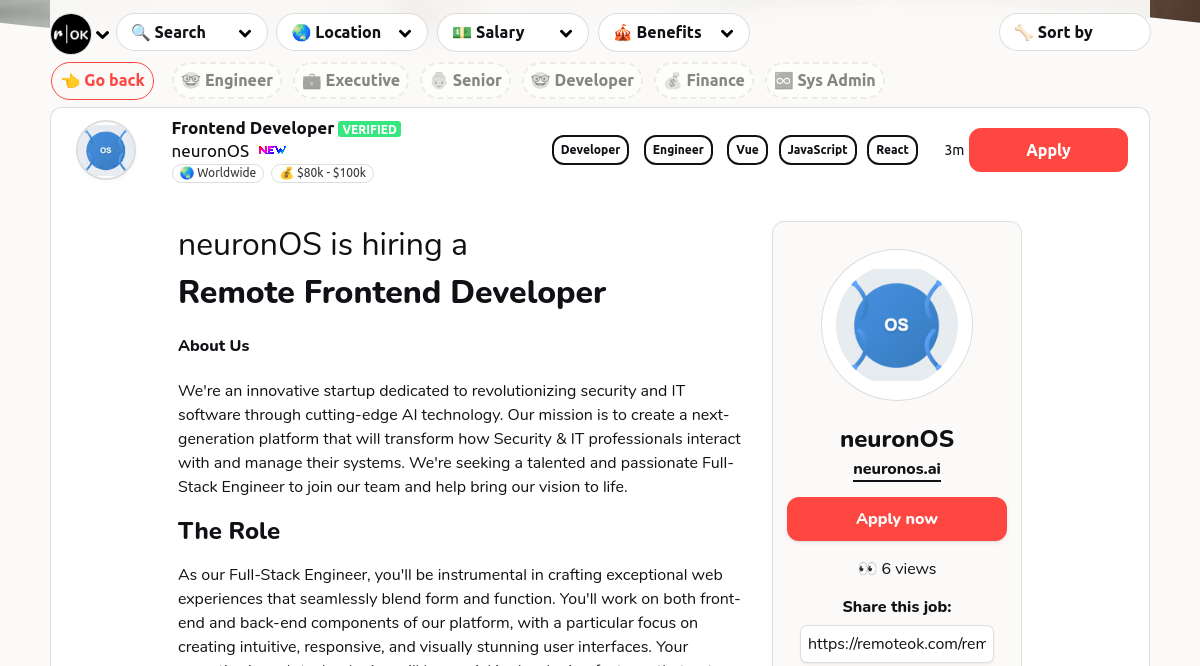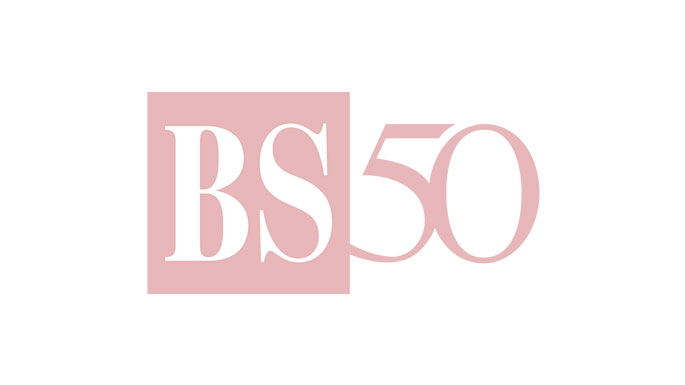It goes without saying: professional designers are masters at communication. It’s part of the territory, as with every project they translate a client’s brief into a unique visual execution.
But even great communicators struggle sometimes. Whether it’s negotiating a price, clarifying feedback or asking for a referral, sometimes the cat’s just got your tongue. That’s where this guide comes in.
These “how to talk to your client” templates and tips are meant to be a jumping off point for you to use when you feel stuck. Adapt them to your needs or just use them as inspiration. You got this!
Contents
- 1 “How to talk to your client” templates and tips for when you’re stuck—
- 1.1 How to ask for a review
- 1.2 How to ask for a referral
- 1.3 How to talk to your client when you know you’re going to miss a deadline
- 1.3.1 💡Tip: Be transparent, but don’t overshare. Your client doesn’t need to know some bad sushi sent you over the edge, just that you’re ill and the design will come 2 days later than expected.
- 1.3.2 💡Tip: Have a solution-oriented mindset. Once you’re back on track, check in with your client and see what you can do to help move the project back on schedule.
- 1.4 How to decline a project
- 1.5 How to negotiate
- 1.6 How to talk to your client about their feedback
- 1.7 How to talk to your client when they’ve gone MIA
“How to talk to your client” templates and tips for when you’re stuck
—
How to ask for a review
You’ve done it! The project is finished, handover complete and hopefully, your client is more than thrilled with your work. This is the perfect time to wrap things up with a kind message and gently remind them about leaving a review. Here’s how you might approach that conversation, inspired by a message we received from coric design:
- “It’s been great working with you! It’s important that my future clients feel confident hiring me as a freelancer. Would you mind taking a moment to write me a review? It would really help me build my reputation. Thank you!”
- “It was great working with you on [project]. If you could write a few words about how you feel regarding our collaboration, it would be really helpful!”
It might feel awkward at first. But once you’ve done it a few times, it will be a seamless part of your process each time you finish a project.

How to ask for a referral
When asking for a review, you might also ask to be referred to your client’s network. But don’t be afraid to approach past clients, too! If it was a positive experience, they’re usually happy to keep you in mind or pass you along.
- “If anyone from your network is looking for a creative, I’d love it if you could keep me in mind and share my portfolio link/contact information/etc. Thank you!”
- “Hi [Client]! I hope you’re well. I’m reaching out because I’m currently open for new work, and I remember how great it was to work with you on [project]. If you or anyone from your network is in need of a designer, I’m available and I’d love to hear from you.”
💡Tip: When reaching out, be sure to personalize your message and reference the work you’ve done with them.

How to talk to your client when you know you’re going to miss a deadline
Even the best plans get derailed. It happens. The important thing is that you communicate as soon as you think you might miss a deadline.
Let your client know why you’re missing the deadline—whether it’s because you’re ill, a design phase is taking longer than expected, or you simply need more time. State your next steps and set a date for when your client can expect an update. Then be sure to stick to it. You might find that more often than not, clients are very understanding and flexible, as long as you communicate. Here’s an example:
- “Hi [Client]. I’m writing to let you know that I’m not going to be able to send you the expected deliverable on [date] as we agreed. Unfortunately the wireframes are taking longer than expected, and I will need a few more days to mock them up. I will have an update for you on [date].”
💡Tip: Have a solution-oriented mindset. Once you’re back on track, check in with your client and see what you can do to help move the project back on schedule.

How to decline a project
Whatever your reason, sometimes you have to say “no” to a project. Here’s how to do it gracefully:
- “Hi [Client]. Thank you for thinking of me for this project. I’ve had time to review the brief but unfortunately I won’t be able to take this on right now due to [reason].”
- Because you don’t have time (but will in the future):
“I’d love to work on [project], but I’m not available at the moment. I would only be available to start on [date]. Would that work for your timeline?” - Because the brief is outside of your scope/skillset:
“Thanks for having me in mind! I’d love to help you with your website, but coding is outside of my skill set. I can offer to design the website, but I won’t be able to build it.” - Because you need more information:
“Thank you for thinking of me for this project. Could you please send me more details about the [timeline/budget/scope] so I can review them?” - Because of the budget:
“Based on the provided budget, I won’t be able to take this on. For reference, I typically quote [$X] for this kind of project.”

How to negotiate
Negotiating is a bit more nuanced. The best way to approach negotiation really depends on the project and the client. As a rule of thumb we suggest always going into the conversation assuming good intent: your client might not know what a realistic budget is, and as the design expert, you can gently educate them. Sometimes it’s appropriate to list out exactly what you plan to deliver, so they better understand what’s included in your quote.
- “Thank you for having me in mind for this project. I’d love to take it on, but the provided budget is lower than I would normally quote for this kind of project. Is there any flexibility there?”
- “For reference, I typically quote [$X] for this kind of project. That includes [list out deliverables]. I’d love to be able to make this work, so I could cut down the number of concepts and revisions to work within your budget. Would that work for you?”
💡Tip: Again, a solution-oriented mindset can be a game changer. What parts of the scope can be trimmed to fit the budget? You might be able to cut down on concepts, revision rounds, or overall timeline to make it a good fit for both parties.

How to talk to your client about their feedback
It’s great when a client delivers clear feedback, but sometimes their notes can leave you scratching your head. What does “make it cooler” even mean? In these cases it’s even more important to ask for direction to prevent a miscommunication later. Here’s how you might approach it:
- “Thank you for the feedback. Regarding your point on X—would you mind clarifying what you like/don’t like about it?”
- “Thank you for the feedback. When you say “make it cooler”, could you give me an example of a design you think is cool?”
- “Thank you for the feedback. I don’t understand what [feedback] means. Would you mind clarifying further?”

How to talk to your client when they’ve gone MIA
Nothing is more anxiety-inducing than having a client go silent in the middle of a project. If you’ve agreed to a deadline and it’s approaching, you need to let your client know they’re holding things up. Try to get in contact with them a few times before escalating, and list out exactly what feedback they need to provide to move things forward.
- First check in:
“Hi [client]. I’m checking in regarding the update from last week. Have you had a chance to review it?” - Second check in:
“Hi [client]. Hope you’re well! I haven’t received feedback from you about the deliverable. I need your approval about [X, Y, Z]. Could you please let me know when you’ve had a chance to review it?” - Third check in:
“Hi [client]. I’m writing to let you know I need your feedback to move forward with the deliverable and meet the agreed upon deadline.”
💡Tip: Be friendly, but direct and professional. When in doubt, reach out to our designer support team. We’re here to help!
Practice makes perfect, and nothing beats real-world experience when it comes to leveling up your communication game. We hope these templates and tips will help you feel more confident talking to your clients about anything. Let us know in the comments what situations we should cover next. Happy communicating!







Leave a Reply